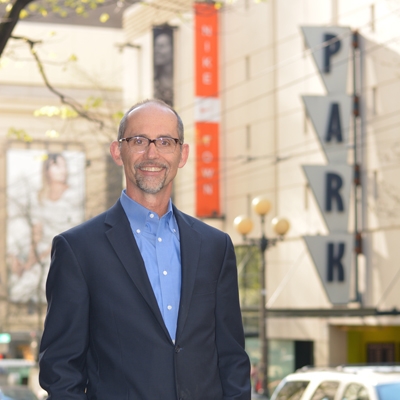Why do so many good parking management ideas encounter resistance? For example, charging for curb parking is a no brainer. Priced spaces are used more times per day and better serve customers and visitors. Pricing encourages people to use less-known off-street spaces, reducing pressure to build expensive new parking facilities. Moreover, pricing provides revenue for local improvements. The most successful business districts charge for curb parking; the lagging ones do not.
I’ve engaged in hundreds of dialogues with officials and community members on parking charges. The resistance isn’t really about data or rationality – it’s cultural. Locals have a ‘small town’ image of their community. South Pasadena is one of those places – a city of 25,000 people in the heart of the largest county in the U.S. Drive down the streets of South Pasadena and you might think you are in a small town, but you are part of the 10 million residents of Los Angeles County. You participate in that economy and infrastructure system.

How does small town culture translate into parking? You park in front of the destination, for free. Local government requires that developers build lots of parking. Off-street parking is private, and so it isn’t shared with other uses. And curb parking in neighborhoods is “owned” by residents even though it is a public asset.
Big city parking is different. If you use a car, you park nearby your home or destination and walk, probably off-street. Parking costs money, sometimes a lot, and you decide on the tradeoff between price and walking distance. And because parking is worth something, there is an economic incentive for off-street parking owners to share it. A single space serves daytime retail customers, evening restaurant patrons, and overnight residents. That’s how parking works in downtown Los Angeles, a mere seven miles from South Pasadena.

There is a continuum between small town parking and big city parking. Where is your community on this continuum? What is the best way to nudge policy makers one step toward urban parking? South Pasadena, for example, should install meters on the popular curb spaces and leave free options elsewhere. Bigger cities should adjust parking pricing dynamically to ensure a few parking spaces are available on every block.

All the parking studies in the world won’t change minds if local culture drives perspectives. Here’s an approach forward. Create a discussion about broader community goals and show how parking management supports them. Make sure that all the voices are present – new business owners are more open to pricing than the old timers. Show decision makers examples of successful districts that use pricing and all the public improvements that result from the revenue. Just up the road from South Pasadena, Old Pasadena has shown the benefits of pricing for decades. Much as I would like to advance parking management with technical arguments, I’ve learned it demands dialogue, community by community. It takes the parking equivalent of a “horse whisperer”.


